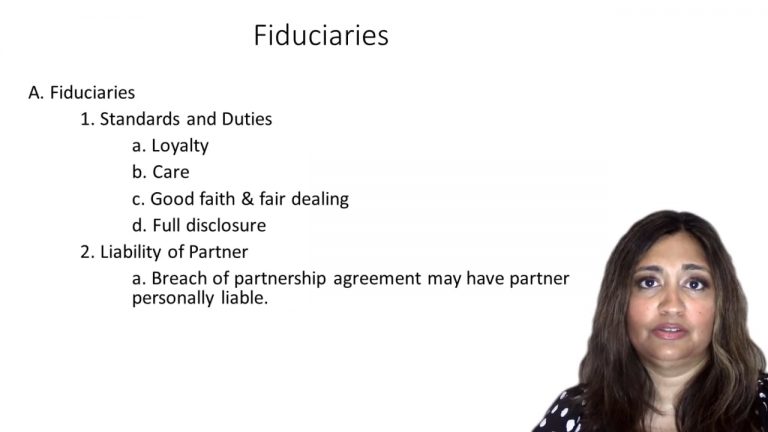SmartBrief
Confirm favorite deletion?
Business Associations Keyed to Bainbridge
Giles v. Giles Land Company
Citation:
279 P.3d 139 (2012)Facts
The dispute centers on a family owned and operated limited partnership, Giles Land Company. On one side is the plaintiff, Kelley, the second youngest of seven children in the Giles family. On the other side are the defendants. The partnership was formed in the mid-1990’s. The partnership owns both ranchland and farmland. In 1999, Kelly was a partner in the Giles Ranch Company, but he became so overwhelmed with the debt he had incurred in the operations of the ranch company that he insisted that he be bought out of the ranch company and relieved of all debt. On March 26, 2007, the partnership held a meeting to discuss converting the partnership into a limited liability company. Kelley was unable to attend the meeting and did not sign the articles of organization. He was not satisfied with the records that the partnership had provided, so he filed suit asking the court to force the partnership to turn over all of the documents he was requesting. In response, the defendants filed an answer and a counterclaim seeking to dissociate Kelley from the partnership.
Only StudyBuddy Pro offers the complete Case Brief Anatomy*
Access the most important case brief elements for optimal case understanding.
*Case Brief Anatomy includes: Brief Prologue, Complete Case Brief, Brief Epilogue
- The Brief Prologue provides necessary case brief introductory information and includes:
Topic:
Identifies the topic of law and where this case fits within your course outline.Parties:
Identifies the cast of characters involved in the case.Procedural Posture & History:
Shares the case history with how lower courts have ruled on the matter.Case Key Terms, Acts, Doctrines, etc.:
A case specific Legal Term Dictionary.Case Doctrines, Acts, Statutes, Amendments and Treatises:
Identifies and Defines Legal Authority used in this case.
- The Case Brief is the complete case summarized and authored in the traditional Law School I.R.A.C. format. The Pro case brief includes:
Brief Facts:
A Synopsis of the Facts of the case.Rule of Law:
Identifies the Legal Principle the Court used in deciding the case.Facts:
What are the factual circumstances that gave rise to the civil or criminal case? What is the relationship of the Parties that are involved in the case.Issue(s):
Lists the Questions of Law that are raised by the Facts of the case.Holding:
Shares the Court's answer to the legal questions raised in the issue.Concurring / Dissenting Opinions:
Includes valuable concurring or dissenting opinions and their key points.Reasoning and Analysis:
Identifies the chain of argument(s) which led the judges to rule as they did.
- The Brief Prologue closes the case brief with important forward-looking discussion and includes:
Policy:
Identifies the Policy if any that has been established by the case.Court Direction:
Shares where the Court went from here for this case.
Topic Resources
Topic Outline
Topic Refresher Course
Topic Charts & Notes

 3m 15s
3m 15s